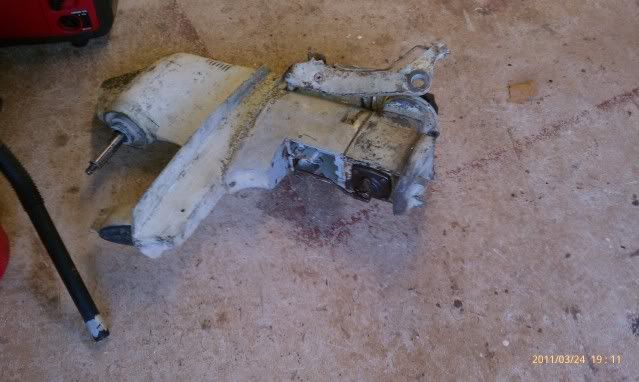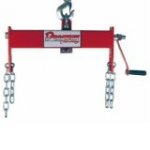Thanks for the pics Jeff!
And thanks for the awesome link Scott! PS I love your first step "Drink a Beer" hahaha! Nice!
Volvos are some of the easiest drives to remove, replace, and align.
first off, which drive do you have.
if we assume a DP, the steps to remove with boat on land are as follows (at least for my boat):
drink a beer
grab some plastic bags and a marker
remove shift cover
disconnect shift cable, place parts in labeled bag
remove bellows clamps from outdrive (may have to slightly raise the drive to access)
disconnect raw water line from drive
lower drive onto a block of wood
pull steering pin from helmet (put parts in bag)
remove trim/tilt pins (put parts in bag)
remove bolts retaining pivot pins
use approriate volvo slide hammer to remove pivot pins (put parts in bag)
offer your buddy a beer
both of you take a side, pull the drive backwards rotating on the block of wood.
put the drive on your drive stand.
now to remove the motor:
disconnect the batteries
remove the connections at the starter, and the ground leads on back of engine (label with black marker and tape)
disconnect the throttle cable
disconnect the wiring connector
disconnect the exhaust connections
disconnect the 1.25" supply line from the transom shield / power steering cooler
disconnect the power steering lines at the pump. cap off accordingly
go out back to the transom shield and undo the large clamp ring and outer o-ring (put parts in bag)
remove lag bolts securing motor mounts to stingers
connect engine hoist
lift slightly, slide forward slightly and tilt as required
now the drive is off and the motor is out
now you can take care of the rotten motor mounts you found
now you can clean and inspect the bilge
now you can properly service the drive
now you can replace the raw water connector on the drive (dont worry, their cheep)
now you can inspect the flywheel adapter bearings
now you can inspect the drive coupler
now you can repair/replace whats broken in your motor
installation is reverse of removal.
drive alignment is makeing sure that both sides and top of flywheel housing alignment marks are within 1-1/2 mm of each other. (I try for 1/2mm)
check alignment as you are tightening the clamp ring and motor mounts


































